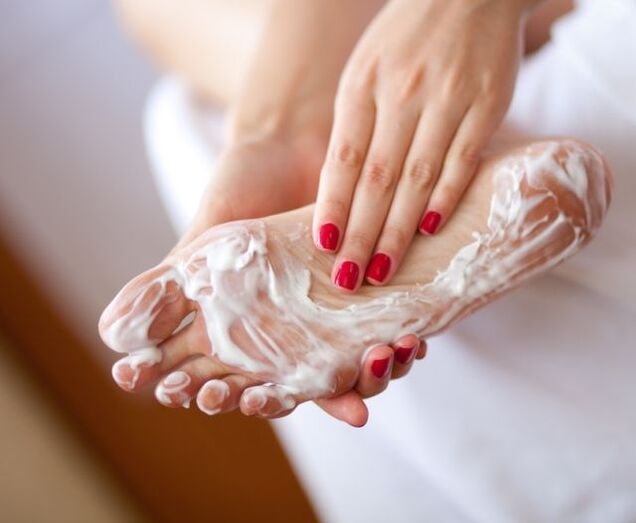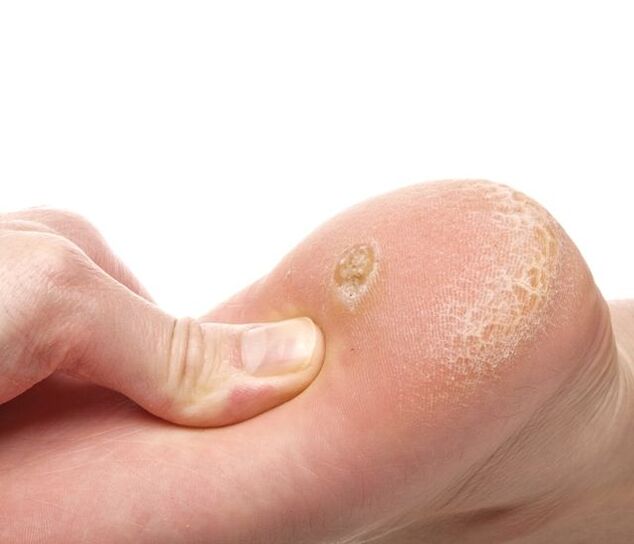
Causes of warts on heels

- Injuries to the skin of the heel - cracks, abrasions, scratches, cuts;
- Using ill-fitting shoes can pinch, pinch or rub the skin;
- Diseases causing nutritional changes in soft tissues - varicose veins, diabetes, atherosclerosis;
- Pathology of lower limb deformity - flat feet, arthritis, osteoarthritis, etc. ;
- Excessive sweating or excessively dry and sensitive foot skin.
How to Diagnose Heel Warts
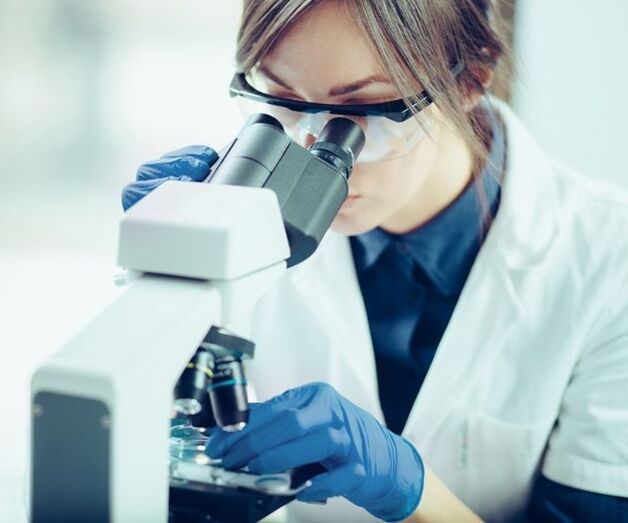
- There are tumor lesions in the patient's body;
- Foot deformities caused by various causes;
- Rett syndrome, which can cause keratosis;
- Syphilis, which causes painful, ring-shaped growths to form on the feet and hands.
Why is it important to treat heel warts?
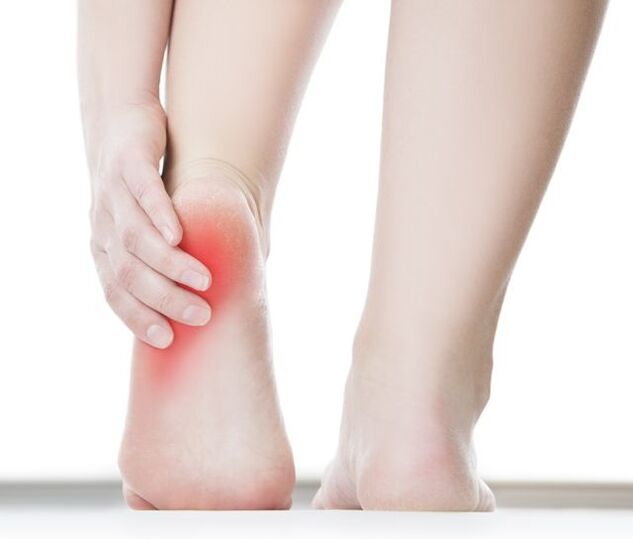
- Severe pain in the growing area;
- Warts grow rapidly and cause damage to new areas of the heel;
- Discomfort when walking and supporting the leg.
How to Treat Heel Warts
Medications to Treat Heel Warts
- Acidic substances. These medications are available at pharmacies without a prescription and are often inexpensive. They have a pronounced cauterizing effect. Salicylic acid has good results. A 10-60% solution is needed to remove heel warts. The product should be used once a day until the tumor is completely destroyed. This substance is not suitable for diabetics and cancer patients. An analog of salicylic acid is trichloroacetic acid.
- Alkaline products. These substances have much the same effect on pathological tissue as the previous substances. They also cauterize warts and cause death of diseased areas of the dermis. The most popular drugs in this group cause tissue necrosis, so they must be used according to instructions and with caution to adjacent healthy tissue.
- frozen medicine. Until recently, heel warts could only be frozen using liquid nitrogen in a hospital setting. Now, this procedure can be performed at home using special pharmaceutical preparations. A mixture of dimethanol and propane has been shown to work well. The refrigerant is liquid nitrogen. This product helps remove warts on heels and has harmful effects on papilloma viruses. Special care also needs to be taken with this medication to avoid damage to healthy tissue.
- Antiviral creams, gels, ointments. These treatments are effective because they work directly on the cause of warts—HPV. Although in most cases longer exposure to the tumor is required compared to aggressive cauterizing substances. One of the most effective drugs in this group is an ointment based on potato sprout extract. It has herbal ingredients that help stimulate the production of interferons in the body, disrupting the recovery process of the virus and causing its rapid death.
- Immunomodulatory topical preparations. They are very effective for a single small wart on the heel. They help stimulate a local immune response and the body independently suppresses the virus. Interferon-based ointments are popular. Long-term application is required - at least 4 weeks until noticeable therapeutic effects appear.
- Tablet antiviral and immunomodulatory drugs. If HPV levels are high in the blood, your doctor may prescribe a course of immunomodulatory or antiviral treatment with oral pills. This will suppress the pathogen from within and avoid the risk of recurrence. This is particularly important in immunocompromised states.
Instrumental methods for removing heel warts
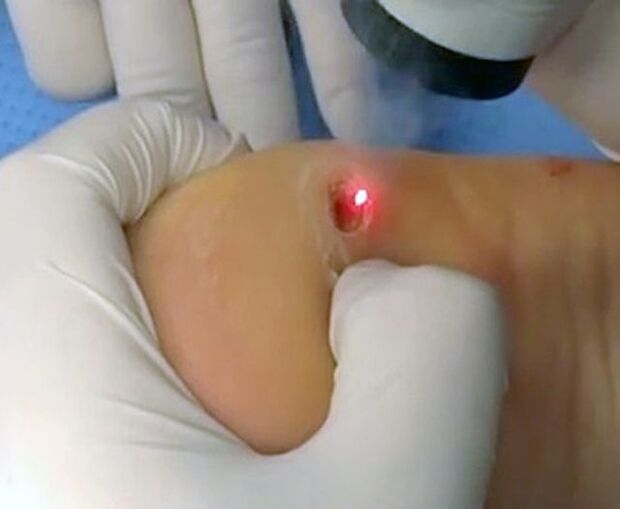
- electrocoagulation. Heel warts that progress over a long period of time usually have roots deep into the dermis. Electrocoagulation does not involve deep penetration into soft tissue. Therefore, this method is only suitable for treating small and shallow formations. In addition, electrocoagulation often leaves scars.
- freeze damage. One of the most popular ways to remove heel warts is with liquid nitrogen. Additionally, this is a fairly cheap method of influence. Scarring is rare after surgery. But the effectiveness of this method depends on the skill of the doctor, since before removing a wart on the heel, the depth of the root of the growth must be accurately determined. Otherwise, the tumor may recur. The surgery is quick and so is the tissue regeneration cycle.
- laser removal. One of the most modern, minimally invasive methods of treating pathological skin growths. Allow you to achieve good cosmetic results. Unlike liquid nitrogen, the penetration depth of the laser beam can be easily adjusted. The procedure is short and virtually painless. The wound on the heel also healed quickly and without complications. Recurrence after laser treatment of heel warts can almost be ruled out.
- radio wave cancellation. In this case, the wart needs to be removed with a special radio knife. At the same time, the blood vessels are cauterized to avoid spreading the virus to healthy tissue and bleeding. After such surgery, the recovery period is short and there is almost no scarring.
- Surgery. This method is considered obsolete, but is used in many situations. For example, when the growth is very large and further histological examination of the removed tissue is required. The surgery is quite painful and is performed under local anesthesia, and the recovery period can last several weeks. Bleeding and inflammation are also possible. Scarring often forms. The relative advantage of this method of treating heel warts is its low cost.
Folk remedies for heel warts
Prevention of heel warts
